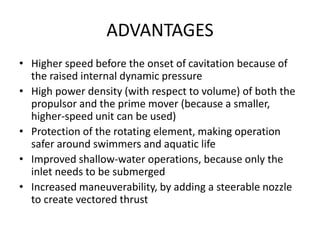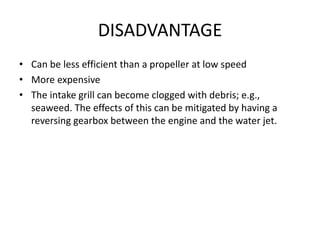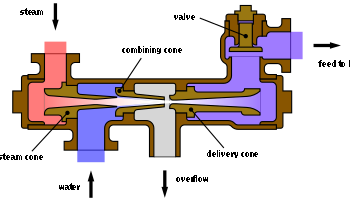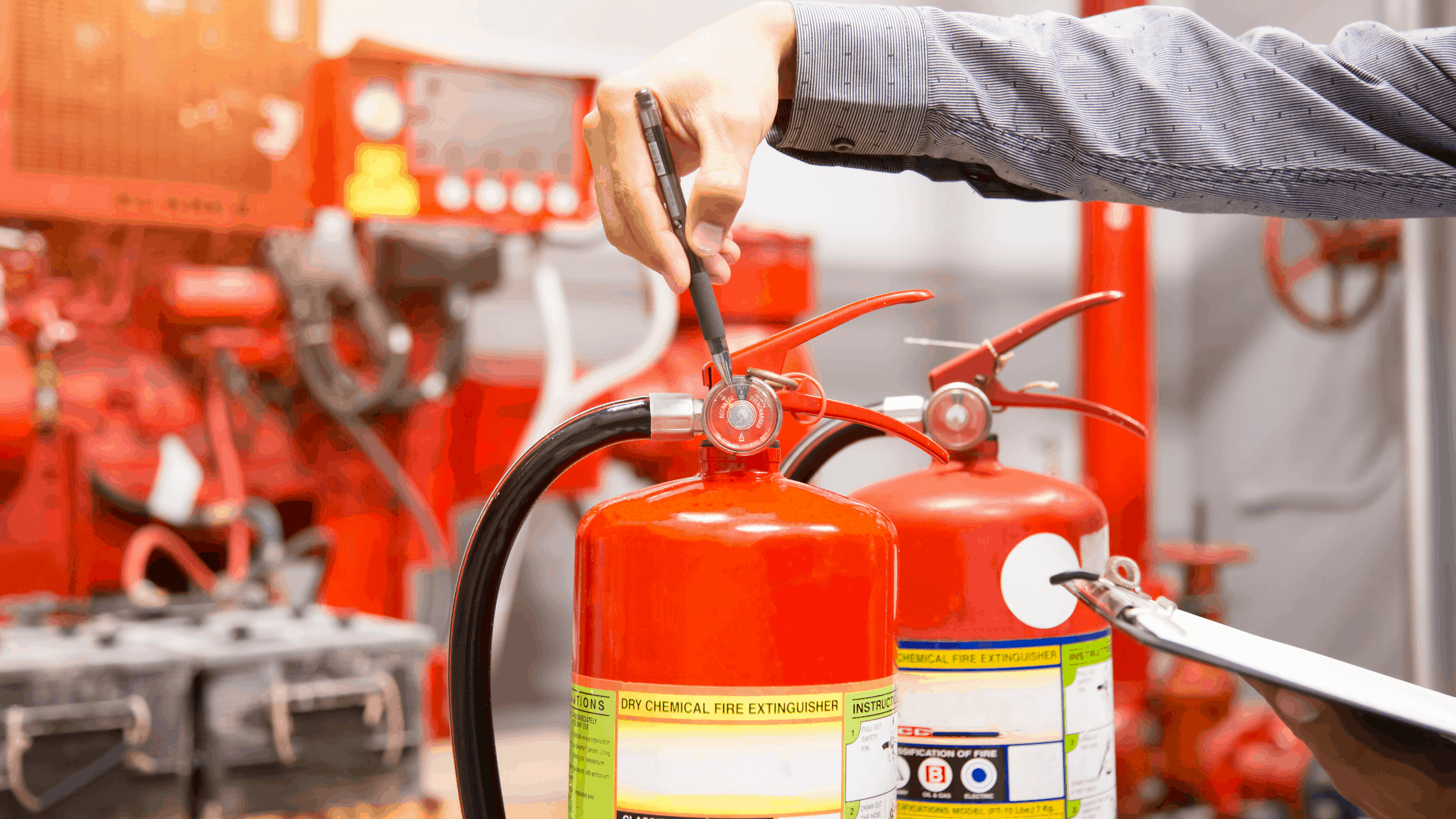Whether it’s an industrial area or in domestic applicaton, effective transmission of water or fluid is essential. Pumping water from the well or transferring chemicals during production, a tool or system is required for an efficient pumping system.
One such solution for this problem is Jet Pump System, which has gained popularity over time.
In this article, we will let you know about the jet pump definition, how does it work, principles and adv. & disadvantages.
Jet Pump Definition ?
Also known as Ejector pump, these pumps are responsible for handling and transferring various forms of water including gas, fluid and liquid from one pipe system to the required location or place.
Working Principles Jet Pump ?
Here are some details on how a jet pump functions:
- Nozzle and venturi tube are the two primary parts of a jet pump.
- The motive fluid, a source of high-pressure fluid that is connected to the jet pump. Both a liquid and a gas may be this fluid.
- The nozzle, which is intended to accelerate the fluid and transform its pressure energy into velocity energy, receives the motive fluid.
- Due to the passageway narrowing as the motive fluid passes through the nozzle, it obtains great velocity. A decrease in pressure is present along with this rise in velocity.
- The fluid stream then enters the venturi tube at a high velocity. The fluid stream passes via a small throat segment as a result of the constricting of the venturi tube.
- Bernoulli’s principle states that as a fluid stream moves through the venturi’s throat, its velocity rises and its pressure falls even more.
- At the suction end of the jet pump, a low-pressure zone is created by the pressure drop in the venturi tube. The suction chamber is another name for this area of low pressure.
- The desired fluid is drawn into the low-pressure area at the suction end of the jet pump through a suction line or input.
- Due to the pressure difference caused by the high-velocity motive fluid, the required fluid, which may be a liquid or gas, is entrained or drawn into the jet pump.
- Within the jet pump, the motor fluid and the entrained fluid combine before being ejected together.
The setup of the system, the characteristics of the fluids being transferred, and the design of the nozzle and venturi are just a few examples of the variables that can affect the effectiveness and performance of a jet pump.
Advantage & Disadvantages




